The night sky has always held a special fascination for humanity, but few celestial phenomena capture our imagination quite like the aurora borealis. For centuries, these dancing lights were considered mysterious omens or spirits dancing across the heavens. Today, we understand them as the spectacular result of solar particles colliding with Earth's atmosphere - and now, thanks to modern technology, we can predict these breathtaking displays with unprecedented accuracy through apps like Aurora Alert.
Aurora Alert represents a groundbreaking fusion of space weather science and mobile technology. This real-time solar particle monitoring application has revolutionized how both amateur stargazers and professional researchers track and predict auroral activity. By streaming data directly from NASA and NOAA satellites, the app provides users with minute-by-minute updates on solar wind conditions that could lead to visible auroras.
The science behind the app is as fascinating as the light shows it predicts. Solar storms release enormous clouds of charged particles that travel through space at incredible speeds. When these particles reach Earth, they're guided by our planet's magnetic field toward the poles, where they interact with atmospheric gases to create the shimmering green, purple, and red curtains we know as auroras. Aurora Alert monitors these space weather events from their origin on the Sun's surface to their impact on Earth's magnetosphere.
What sets Aurora Alert apart from other aurora prediction tools is its sophisticated algorithm that processes real-time solar wind data. The app doesn't just report raw numbers - it interprets them to generate localized predictions about when and where auroras might be visible. Users receive notifications when conditions in their area become favorable for aurora viewing, complete with estimated intensity levels and optimal viewing times.
The app's interface presents complex space weather data in an accessible, visually appealing format. Interactive maps show current auroral activity across the globe, with color-coded indicators displaying the likelihood of visibility at different latitudes. Detailed graphs track solar wind speed, density, and the critical Bz component of the interplanetary magnetic field - factors that significantly influence auroral intensity.
For photography enthusiasts, Aurora Alert includes special features to help capture the perfect shot of the northern lights. The app provides moon phase information, cloud cover forecasts, and even recommended camera settings based on current aurora brightness. These tools have made it invaluable for both professional photographers and social media users hoping to document their aurora experiences.
The development team behind Aurora Alert includes not just software engineers but also space physicists and veteran aurora chasers. This unique combination of expertise has resulted in an app that's both scientifically rigorous and practically useful for night sky observers. Regular updates incorporate the latest research in heliophysics to improve prediction accuracy.
One of the app's most impressive achievements is its ability to detect sudden geomagnetic substorms - brief but intense periods of auroral activity that can light up the sky with little warning. By monitoring subtle changes in solar wind parameters, Aurora Alert can often predict these events 20-30 minutes before they become visible to ground observers.
Educational resources within the app help users understand the science behind what they're seeing. Interactive tutorials explain concepts like the KP index (a measure of geomagnetic activity), solar flares, and coronal mass ejections. This focus on science literacy has made Aurora Alert popular among teachers and astronomy educators.
The social features of Aurora Alert have created a vibrant community of aurora enthusiasts. Users can share sighting reports, photos, and viewing tips through the app's integrated platform. This crowdsourced data helps improve prediction models while connecting people who share a passion for the night sky's most spectacular light show.
As solar activity increases toward the peak of the current solar cycle, Aurora Alert has become an essential tool for what many are calling "the golden age of aurora chasing." With stronger and more frequent solar storms expected in the coming years, the app's ability to provide reliable, real-time alerts will only grow more valuable.
Looking ahead, the developers plan to incorporate machine learning techniques to further refine prediction models. They're also working on augmented reality features that would allow users to point their phone at the sky and receive real-time information about auroral activity in their exact location. These innovations promise to make Aurora Alert even more indispensable for anyone fascinated by our planet's beautiful interactions with the Sun.
From ancient civilizations who saw divine messages in the aurora to modern scientists who study them as windows into Earth's space environment, humanity's relationship with these lights continues to evolve. Apps like Aurora Alert represent the latest chapter in this long story - one where technology allows us not just to witness nature's grandeur, but to anticipate it with remarkable precision.
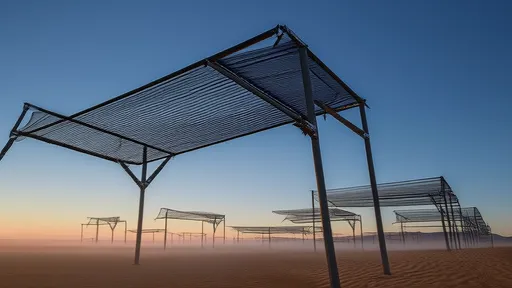
By /Jul 16, 2025

By /Jul 16, 2025

By /Jul 16, 2025

By /Jul 16, 2025

By /Jul 16, 2025
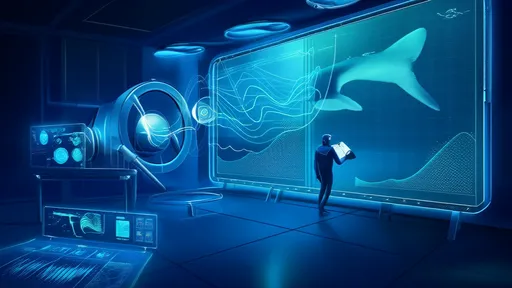
By /Jul 16, 2025

By /Jul 16, 2025

By /Jul 16, 2025
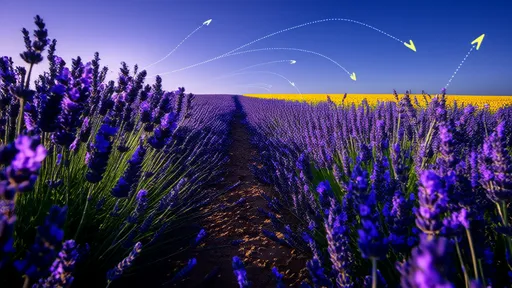
By /Jul 16, 2025

By /Jul 16, 2025

By /Jul 16, 2025
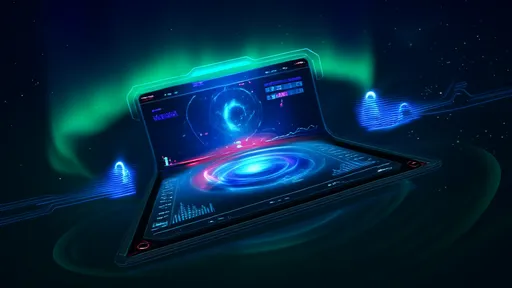
By /Jul 16, 2025
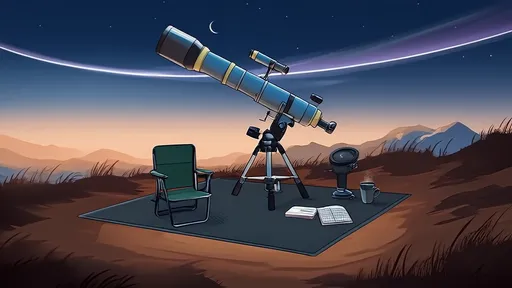
By /Jul 16, 2025

By /Jul 16, 2025

By /Jul 16, 2025
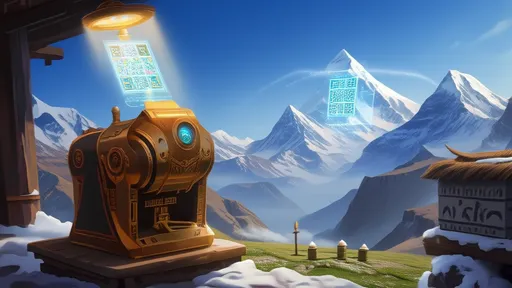
By /Jul 16, 2025

By /Jul 16, 2025

By /Jul 16, 2025